-
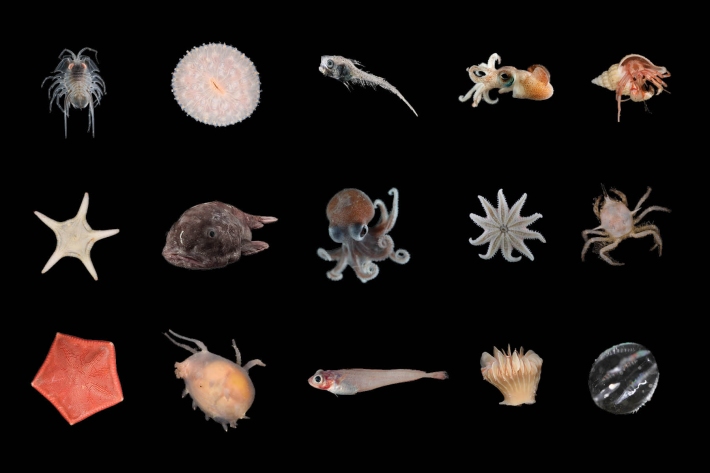
NIWA Biodiversity Memoirs for purchase
The NIWA Biodiversity Memoirs are comprehensive, definitive, illustrated reference works that capture the rigorous, peer-reviewed scientific study of New Zealand’s distinctive marine fauna and flora. -

National Centre contacts
You can find contact details for our science staff under these National Centre lists. -

Our people
Find out more about our management teams and key National Centre contacts. To locate individuals working at NIWA simply use our staff search below. -

Electricity conversion project takes top prize at Auckland Science Fair
Media release23 October 2023A suite of projects that ranged from whether toothpaste’s a scam to capturing air, to human superpowers made up the 206 entries at this year’s NIWA Auckland City Science & Technology Fair. -
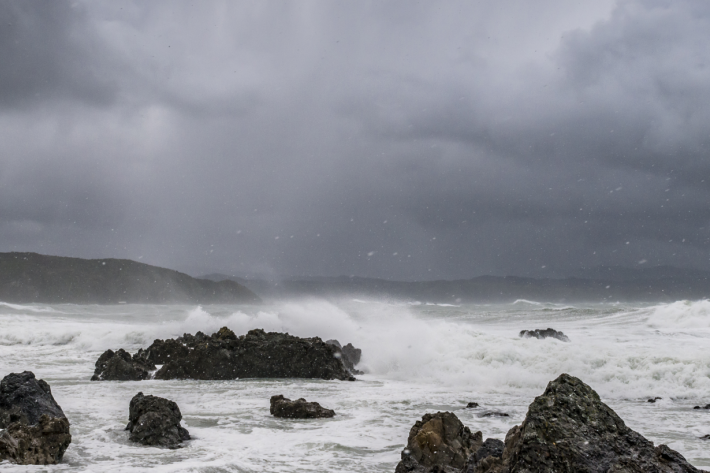
Weather and climate forecasting services
Whether you need weather or climate information six hours, days or months out, our accurate forecasts can help you with operational requirements and decision making. -
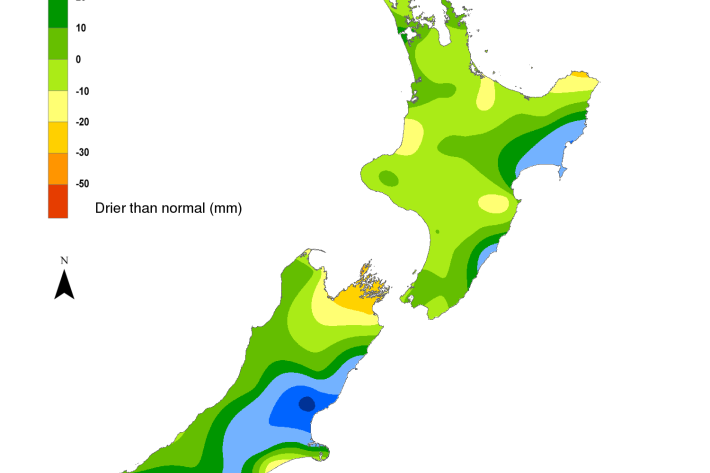
Hotspot Watch 18 October 2023
Hotspot18 October 2023As of 15 October, the New Zealand Drought Index (NZDI) map below shows that no unusually dry conditions are currently found across the country. -
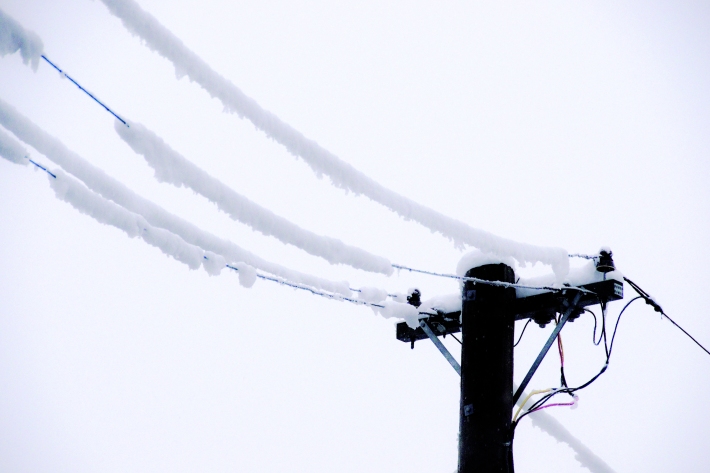
Send us your snow observations
Measurements of snowfall at low elevations around New Zealand are few and far between, and yet the data would be really helpful in understanding how snowfall occurs and quantifying snow-related risks. -

Some homes contain 3 times more air pollution, NIWA finds
Media release18 October 2023A new study from NIWA has mapped outdoor air quality for Invercargill and Alexandra in more detail than ever before. -

UV and Ozone
ServiceThis is the home for NIWA's UV and ozone research, including maps and graphs showing daily predictions and measurements for UV levels across New Zealand. -

UV Index
ServicePlots of today's UV index are available in graphical form for Auckland, Wellington, Christchurch, Lauder and Invercargill. -
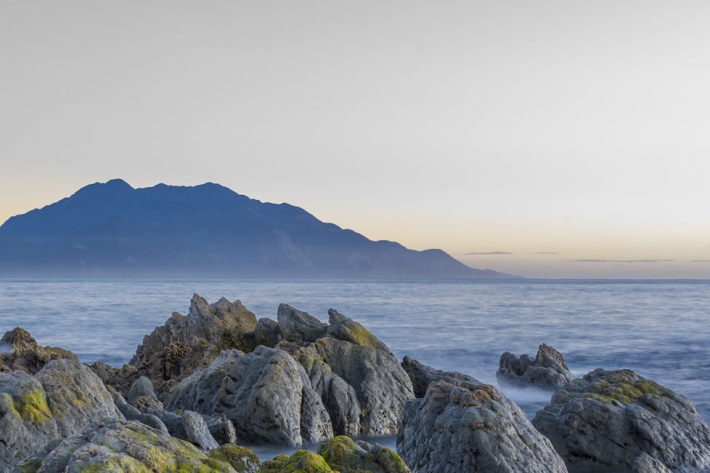
Tides
Research ProjectOn this page, you can find information about tide forecasts, sea-level network, tidal model of New Zealand's EEZ, and red-alert days for coastal flooding. -

Link between insomnia and depression found at Science & Technology Fair
Media release15 October 2023A study looking at the impact of sleep on depression in adolescents was 18 months in the making for Ellen Thompson.
